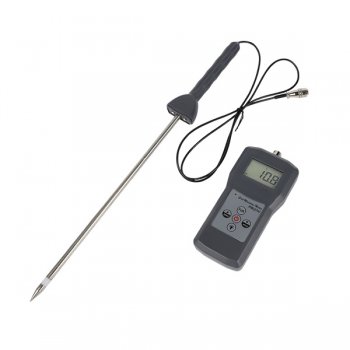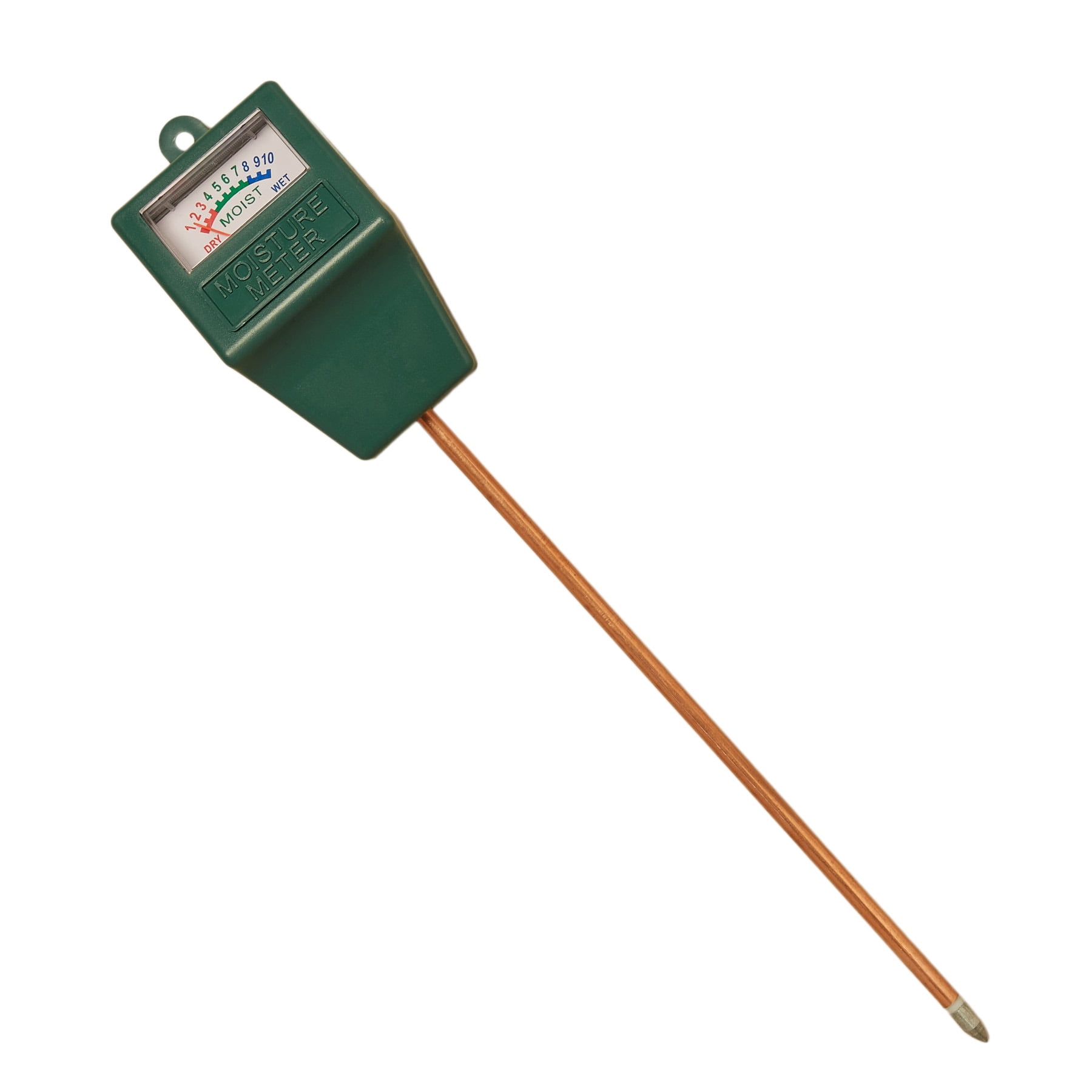The Ultimate Guide to Moisture Meters: A Comprehensive Introduction and How They Can Conserve You Cash
In the world of building maintenance, building, and various industries, the significance of properly determining dampness levels can not be overstated. Wetness meters function as essential tools in discovering and checking moisture web content in products, helping in avoiding costly problems and making sure the quality of products. Comprehending the nuances of different kinds of moisture meters, their applications, and the prospective cost-saving benefits they provide can be a game-changer for companies and specialists alike. Finding exactly how these tools can not just simplify processes yet also add to economic savings is a trip worth getting started on.
Types of Moisture Meters
One usual kind is the pin-type dampness meter, which determines the electrical resistance in between two pins put right into a material. Pinless wetness meters, on the various other hand, use electromagnetic sensing unit plates to check a larger location without creating damages to the material's surface area.
Infrared wetness meters gauge the thermal buildings of a material to establish its dampness web content non-invasively, making them beneficial for applications where pin or pinless meters may not be ideal. Understanding the various types of dampness meters readily available can aid markets select the most proper device for their certain dampness dimension requirements.

Advantages of Using Moisture Meters

Furthermore, utilizing dampness meters can lead to raised energy efficiency. In agricultural setups, wetness meters play a crucial function in optimizing crop yields by making it possible for farmers to monitor dirt wetness levels and make informed watering choices.
How to Choose the Right Moisture Meter
Selecting the proper dampness meter entails considering essential aspects such as material compatibility, dimension variety, and calibration precision. When choosing a moisture meter, it's important to ensure that the meter is appropriate for the details material you will certainly be screening. Various materials have varying electrical residential properties that can influence moisture analyses, so picking a meter developed for your material is vital for accurate results. Additionally, take into consideration the measurement array of the wetness meter. Make sure that the meter can detect wetness levels within the variety required for your applications. Calibration precision is another critical aspect to remember (Moisture Meter). Choose for a dampness meter with trustworthy calibration to make sure consistent and specific analyses. Some meters may require routine calibration modifications, so comprehending the calibration procedure is very important. By very carefully reviewing these variables, you can pick a dampness meter that fulfills your demands and provides accurate wetness dimensions for your projects.
Correct Methods for Moisture Meter Usage
To ensure precise wetness readings and maximize the effectiveness of a wetness his comment is here meter, employing appropriate methods is necessary. When utilizing a pin-type wetness meter, insert the pins or probes into the material being evaluated until they make full call. By adhering to these correct techniques, individuals can count on their dampness meter to offer credible wetness levels, helping in stopping pricey damage or guaranteeing top quality in various applications.

Expense Financial Savings With Moisture Meter Applications
Exactly how can the calculated application of moisture meters lead to significant cost savings across numerous sectors? In the farming industry, dampness meters help in determining the ideal time for harvesting plants, preventing excess or over-drying dampness that can affect the last item's top quality.

Moreover, in the food processing market, wetness meters are crucial for checking product quality and guaranteeing conformity with safety find out here and security laws. By accurately determining wetness content in foodstuff, makers can prevent putridity, maintain quality, and reduce waste, leading to considerable cost financial savings. On the whole, the strategic application of wetness meters is a beneficial investment that can bring about significant expense reductions and enhanced effectiveness across various sectors.
Conclusion
Finally, wetness meters are valuable devices for determining and finding moisture levels in numerous materials. By utilizing the ideal moisture meter and following proper methods, individuals can successfully prevent expensive damages triggered by excess moisture. Buying a top quality moisture meter can cause substantial price financial savings in the long run by determining prospective concerns at an early stage and enabling punctual removal. Ultimately, moisture meters are crucial tools for keeping the integrity and longevity of materials and structures.
Dampness meters serve as essential tools in finding and checking moisture web content in materials, helping in preventing pricey find out here problems and making sure the quality of items. Infrared dampness meters measure the thermal buildings of a product to establish its moisture web content non-invasively, making them useful for applications where pin or pinless meters might not be suitable.Moisture meters supply important benefits in properly keeping an eye on and assessing wetness levels in diverse materials and atmospheres. In agricultural setups, moisture meters play a crucial function in optimizing plant yields by allowing farmers to monitor soil dampness degrees and make informed irrigation choices.In conclusion, dampness meters are important devices for determining and detecting wetness levels in various products.